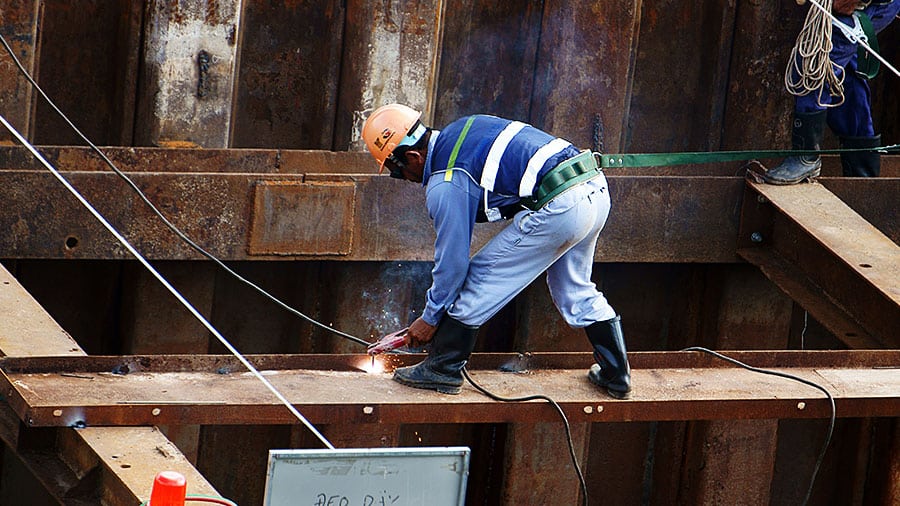Around the world, architects and designers are using innovative infrastructure to create new and exciting modern bridges. In 2015 alone, the world saw the opening of a Danish bridge that runs partially underwater as well as a Chinese bridge that now holds the record for the longest ever glass-bottomed structure.
If you’re inspired by great structural design, you’re an ideal candidate for AutoCAD training. Today’s computer-aided design (CAD) technicians work closely with architects to create complex structures from blueprints to beyond. AutoCAD software allows these pros to bring strategic, 3-dimensional designs to life onscreen before they’re built in our communities.
Here’s how AutoCAD training is now being used to design the bridges of the future:
AutoCAD Training Rises to the Challenge: Designing for Long-Term Functionality
According to the Government of Canada, 20 million light vehicles, 750,000 trucks, and 15,000 public transit buses use Canadian bridges annually. They’re also absolutely essential for the efficient movement of commercial goods within the country and across international borders. Yet, as our government reports, a full one-third of Canada’s 75,000 highway bridges have structural or functional deficiencies, as well as a short remaining service life.
Looking forward, Canada requires AutoCAD training graduates to draft designs for bridges that can fill our infrastructural needs in the long term. It needs bridges that are designed for both cost-effectiveness and—most importantly!—functionality. CAD technology is an important step in the right direction for the architectural industry, as it offers a great degree of flexibility throughout the design and documentation process.
Let’s say builders are worried about a bridge’s potential for interstitial condensation problems. CAD digital prototypes and simulations can help technicians and architects identify that issue and minimize its risks, by changing to less porous building materials or eliminating contained open spaces within the bridge’s structure where moisture might collect. By adjusting and validating projects before they’re built, technicians ensure that every final product is as perfect as possible—ready to take on the challenge of supporting Canadians for years to come.

Construction workers put a CAD designer’s bridge building specifications into practice.
Designing for Traditional & Futuristic Construction Materials in AutoCAD Training
At Digital School, we have an entire AutoCAD course dedicated to examining traditional and state-of-the-art construction materials and methods used in building projects. Our students learn about each step of an architectural project’s construction and how material considerations fit into this process.
Certain traditional materials, like steel and wood, are still a mainstay of bridge construction worldwide. In a CAD program, you can learn how to take these materials into the future with innovative design. For example, designers in Calgary recently won the Canadian Architect’s Award for their creative use of glass and steel in the construction of the 187,000 pound, 130-meter bicycle bridge now running above the city’s Bow River. The swirling tunnel of their ‘Peace Bridge’ has already withstood one of Alberta’s flood seasons while maintaining its unique aesthetic.
AutoCAD students also develop the skills they need to experiment with new building materials, like the industry’s new ‘self-healing’ concrete introduced in 2009. This concrete, created by researchers at Canada’s National Research Council Construction Institute, is expected to greatly reduce cracking and increase the average lifespan of bridges by more than 20 years.

Traditional cables meet futuristic concrete in many of Canada’s newest building projects.
No more crumbling or dampness caused by moisture-filled cracks. As the AutoCAD pros say, this technology helps architects avoid creating ‘sick bridges.’ The right training will equip you to develop plans and profiles, cross-sectional views, and contour maps applicable to cutting-edge materials like these that maximize your projects’ structural integrity.
If you’re ready to rise to the challenge of building bridges on the cutting edge, the world awaits! Get started by developing the CAD expertise you need to take these building materials into the future.
Are you interested in attending AutoCAD school?
Visit Digital School to learn how you launch your own AutoCAD career.



